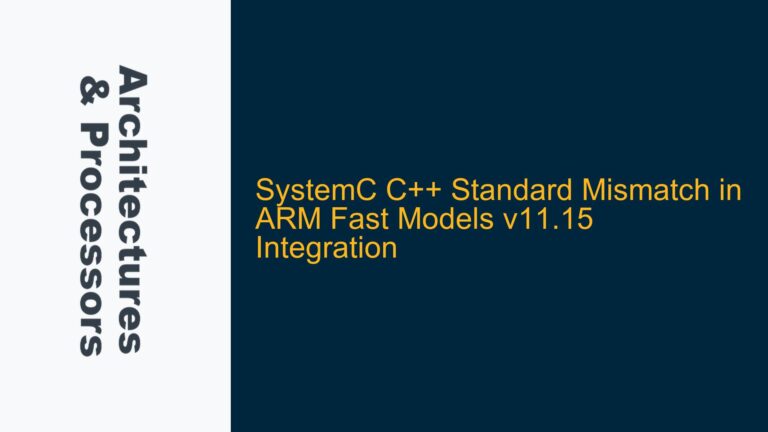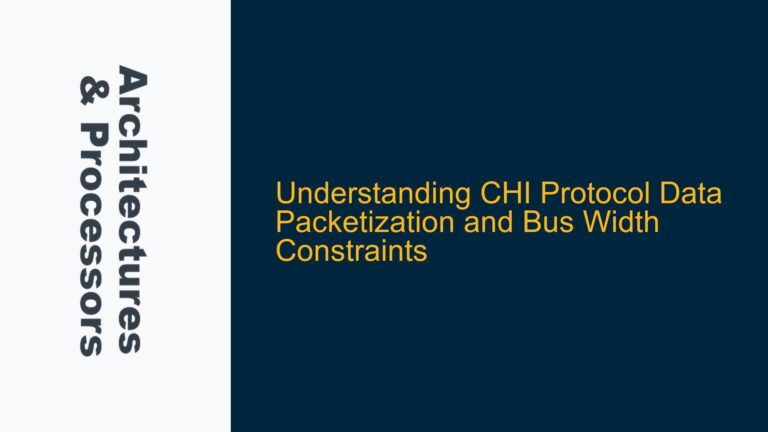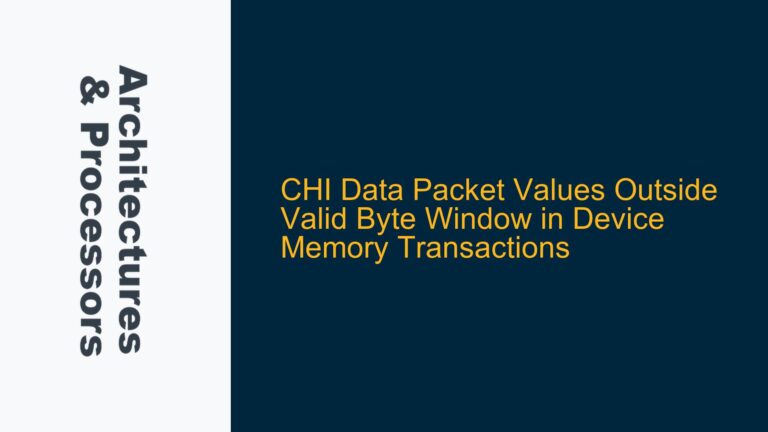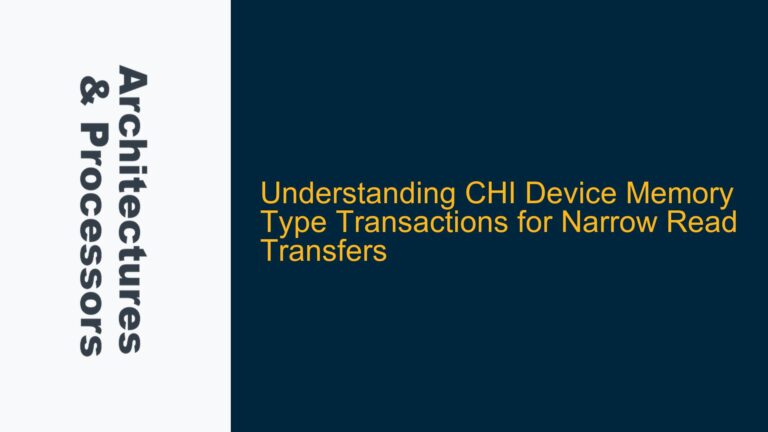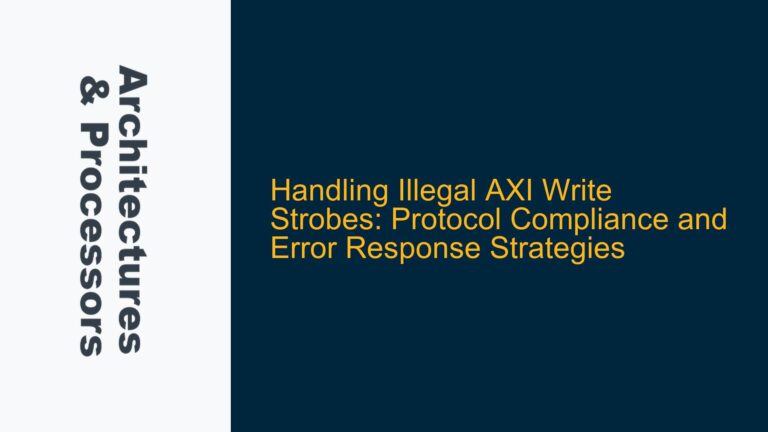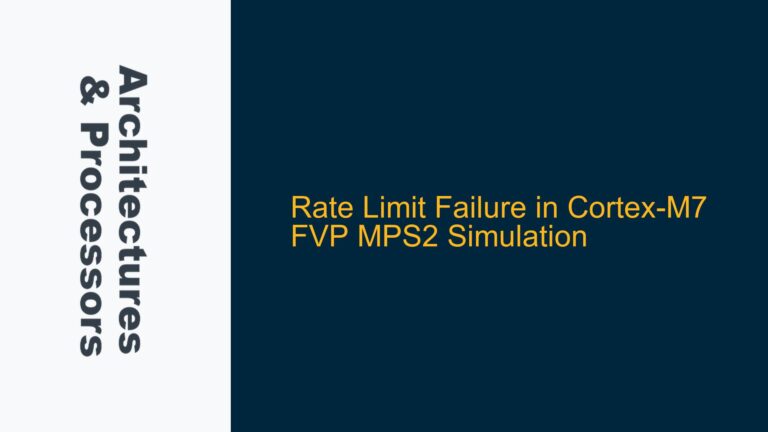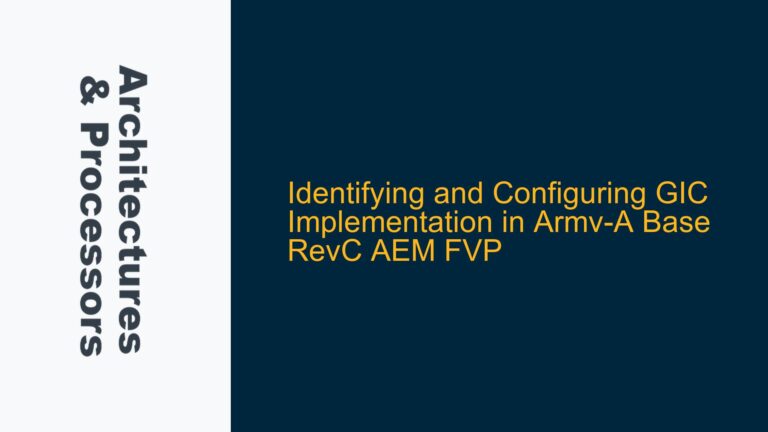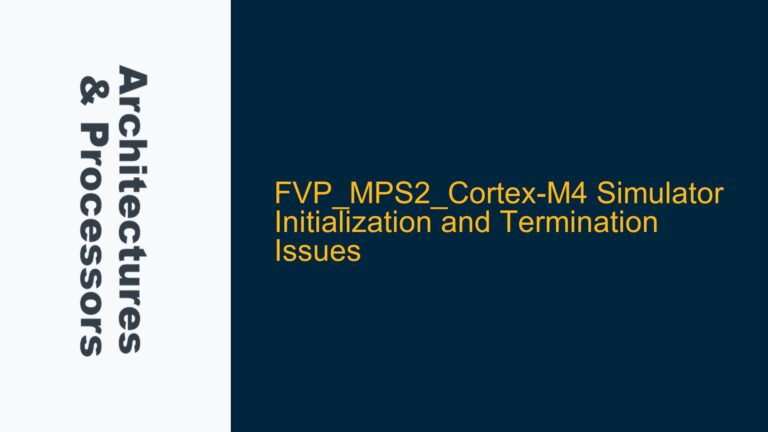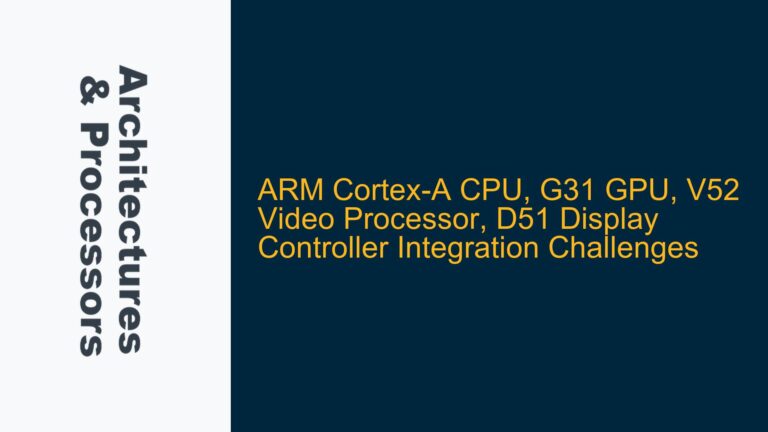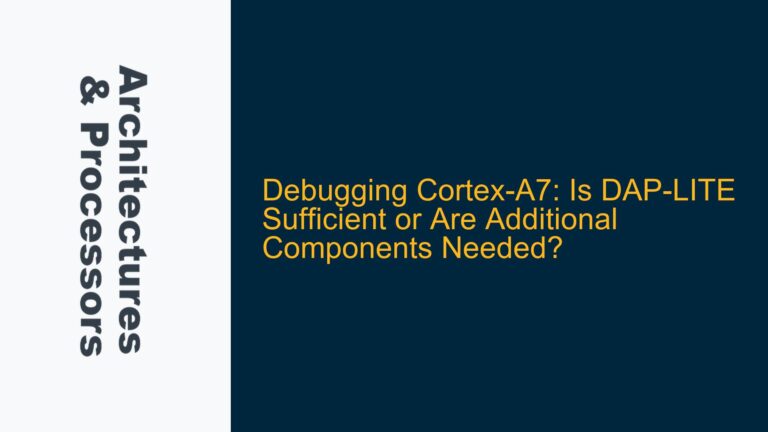SystemC C++ Standard Mismatch in ARM Fast Models v11.15 Integration
SystemC Library and Application C++ Standard Version Conflict The core issue revolves around a mismatch between the C++ standard used to compile the SystemC library provided with ARM Fast Models v11.15 and the C++ standard used to compile the consumer application. The SystemC library in Fast Models v11.15 is compiled with C++11 support, while the…
